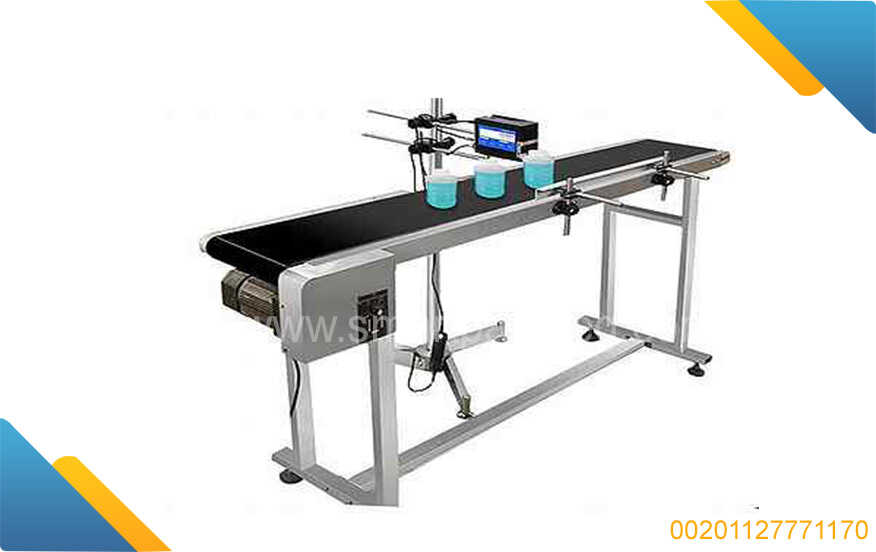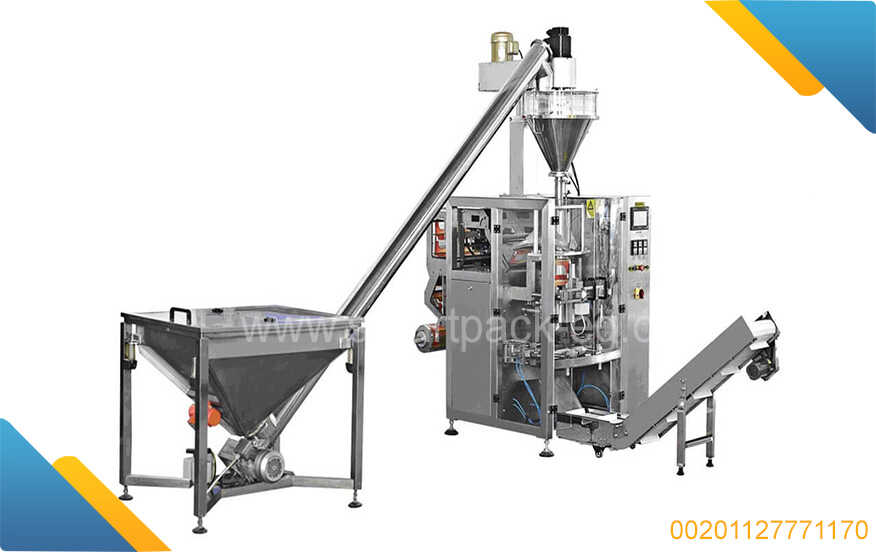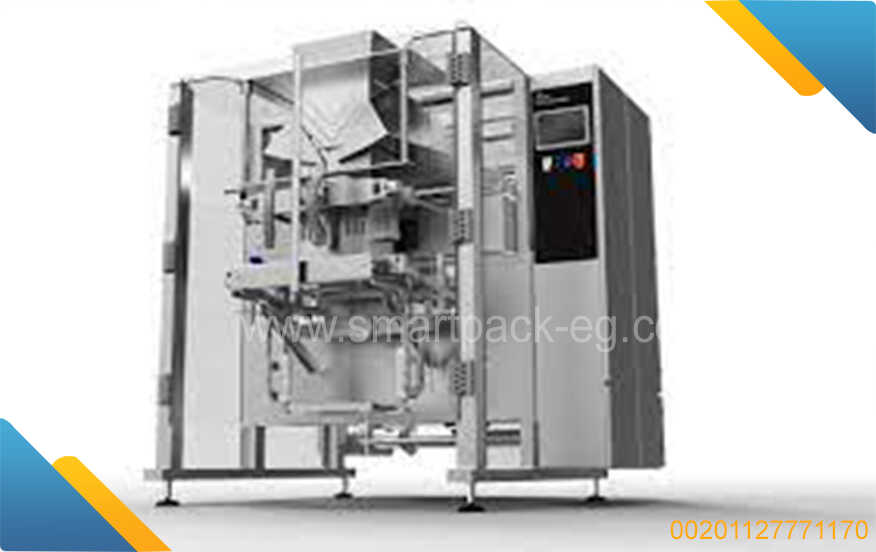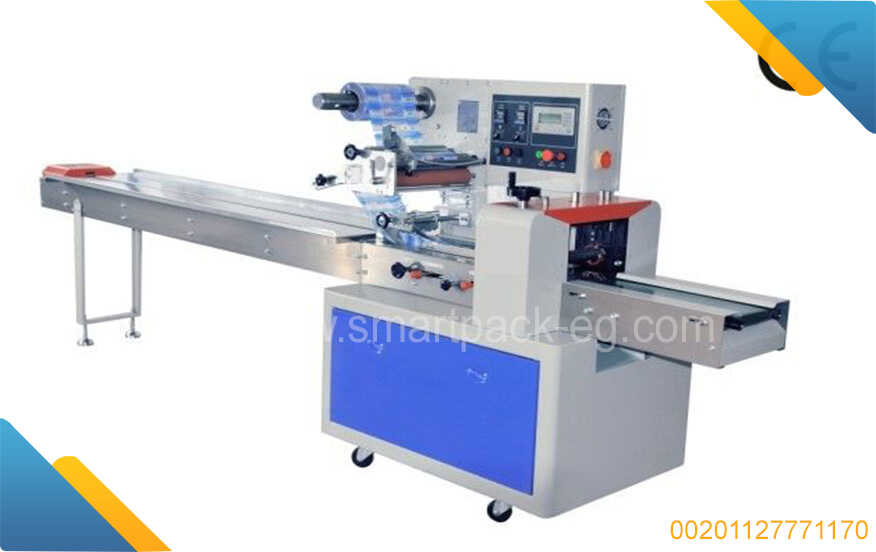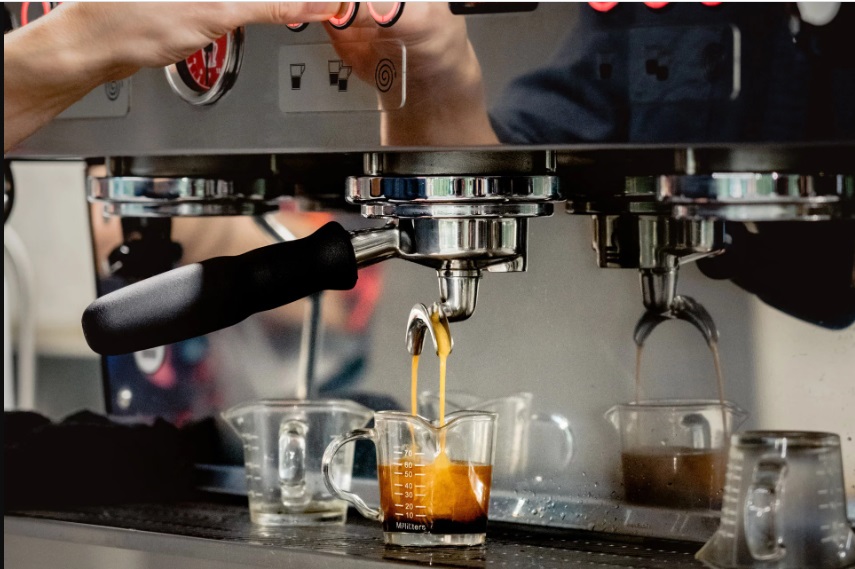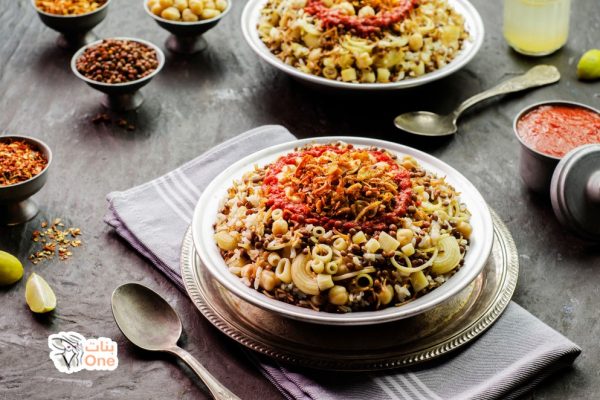How-to Guide: A Project for Filling, Wrapping, and Distributing Beans to Shops
Introduction:
Are you interested in starting a project that involves filling, wrapping, and distributing beans to various shops? This step-by-step guide will walk you through the process, helping you set up a successful venture. From sourcing high-quality beans to packaging and delivering them, here's everything you need to know to get started.
Step 1: Market Research and Planning
Before diving into the project, conduct thorough market research to understand the demand for beans in your target area. Identify potential customers, such as grocery stores, markets, or restaurants, and assess the competition. This information will help you craft a solid business plan and determine realistic goals for your venture.
Step 2: Sourcing Quality Beans
To ensure customer satisfaction and build a reputable business, it's crucial to source high-quality beans. Look for reliable suppliers who offer fresh, well-packaged products. Consider factors such as origin, variety, and sustainability practices when selecting your bean supplier. Building a strong relationship with trusted growers or cooperatives will assist in securing a consistent supply.
Step 3: Selecting Appropriate Packaging
Choosing the right packaging for your beans is essential for maintaining their freshness and appeal. Opt for food-grade packaging materials that are durable, moisture-resistant, and provide adequate protection. Popular options include resealable pouches, bags, or eco-friendly options like compostable or biodegradable packaging. Ensure that your packaging is visually appealing and clearly labeled with product information, including bean variety, origin, and any certifications.
Step 4: Filling and Weighing the Beans
Invest in suitable equipment to streamline the filling process. A commercial bean filling machine can help you accurately measure and fill predetermined amounts of beans into each package. Take into account factors like efficiency, accuracy, and ease of use when choosing the right equipment. Ensure the machinery maintains cleanliness standards to avoid any contamination risks.
Step 5: Wrapping and Sealing Packages
Once the beans are filled, ensure proper packaging sealing to prevent any tampering or spoilage. Consider investing in a high-quality heat sealer, capable of producing airtight seals. This will help extend the shelf life of your beans and maintain their quality during transportation and storage.
Step 6: Storage and Distribution
Establish a well-organized storage area that maintains optimal conditions for bean preservation. Beans are best stored in cool, dry, and dark environments to minimize moisture absorption and prevent mold growth. Implement a first-in, first-out (FIFO) system to ensure freshness. When it comes to distribution, choose reliable logistics partners or consider establishing your own delivery network to efficiently transport beans to various shops.
Step 7: Marketing and Promotion
Develop a robust marketing strategy to raise awareness about your beans and attract potential customers. Utilize various platforms, such as social media, local advertisements, and collaborations with local businesses, to create a buzz around your premium bean products. Unique selling points like organic farming practices, fair trade certifications, or special bean varieties can set your brand apart from the competition.
Conclusion:
Starting a project focused on filling, wrapping, and distributing beans to shops requires careful planning, sourcing high-quality beans, investing in suitable packaging and equipment, establishing rigorous quality control measures, and implementing effective marketing strategies. By following the steps outlined in this guide, you'll be well-equipped to launch a successful venture and deliver exceptional beans that will satisfy the cravings of your customers. Good luck with your project!

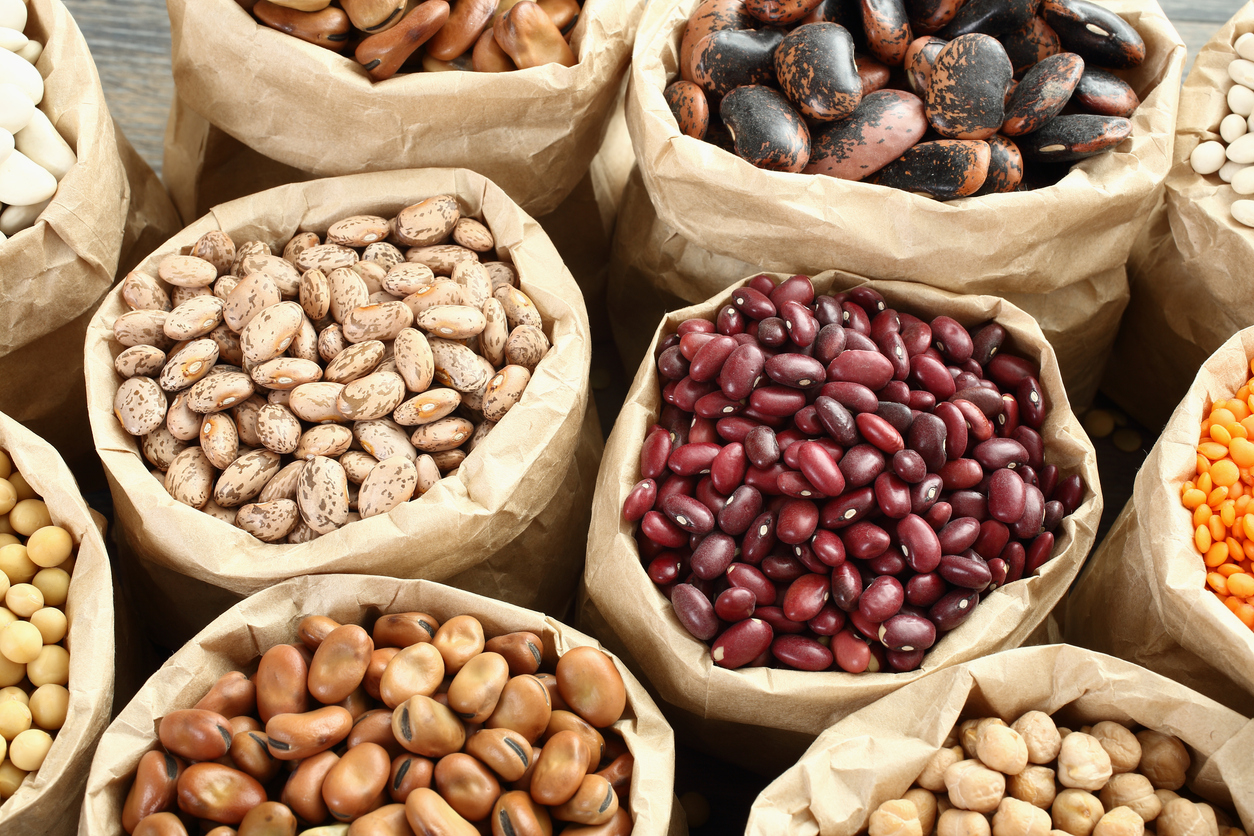
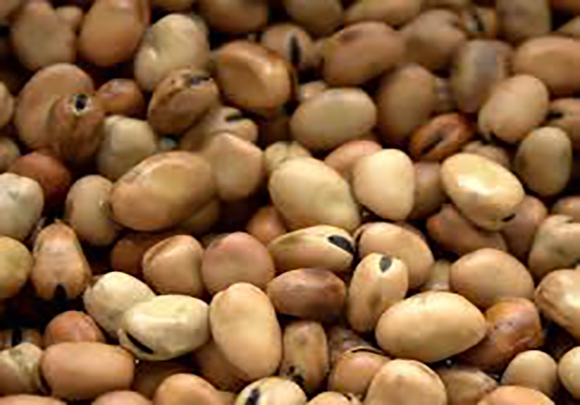
 Admin
Admin 